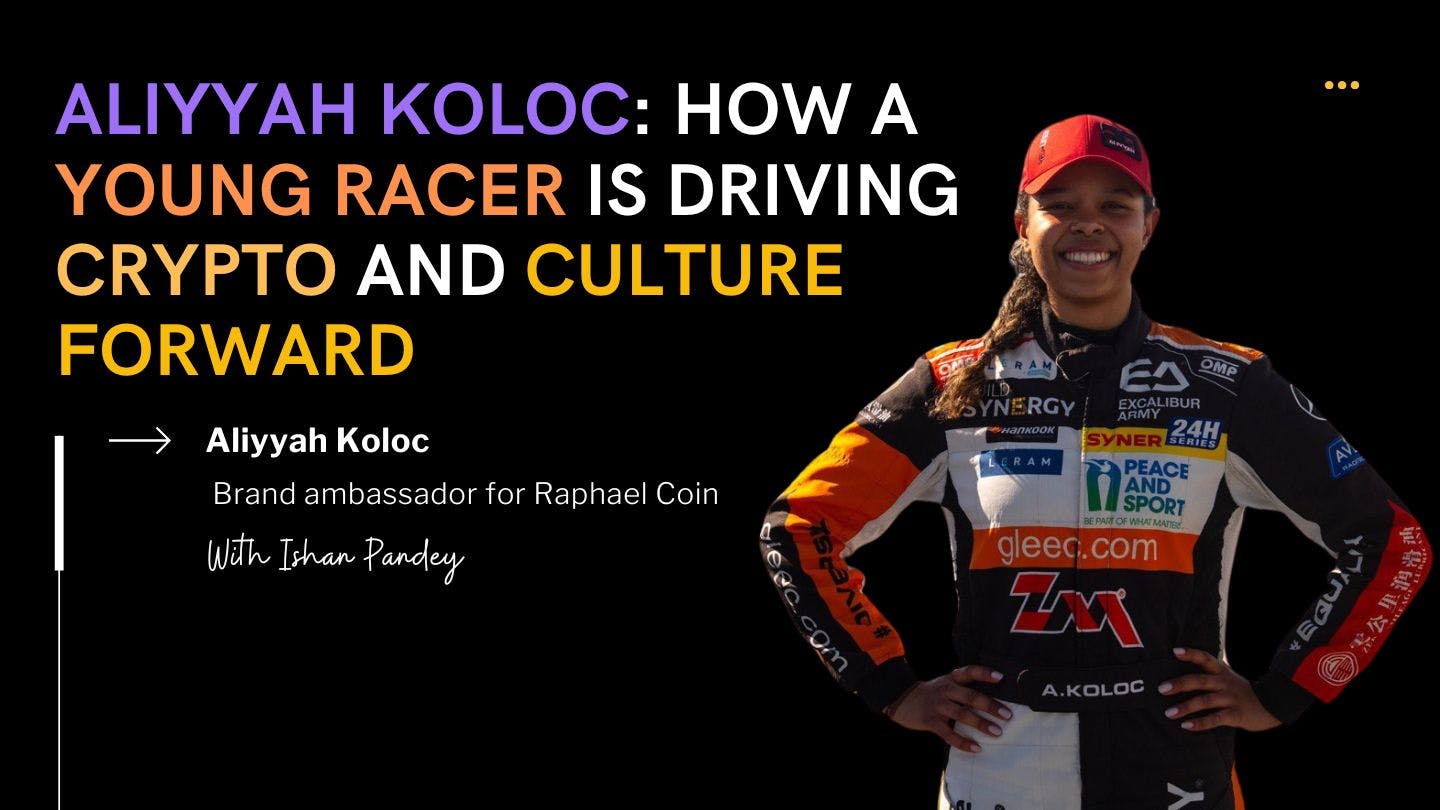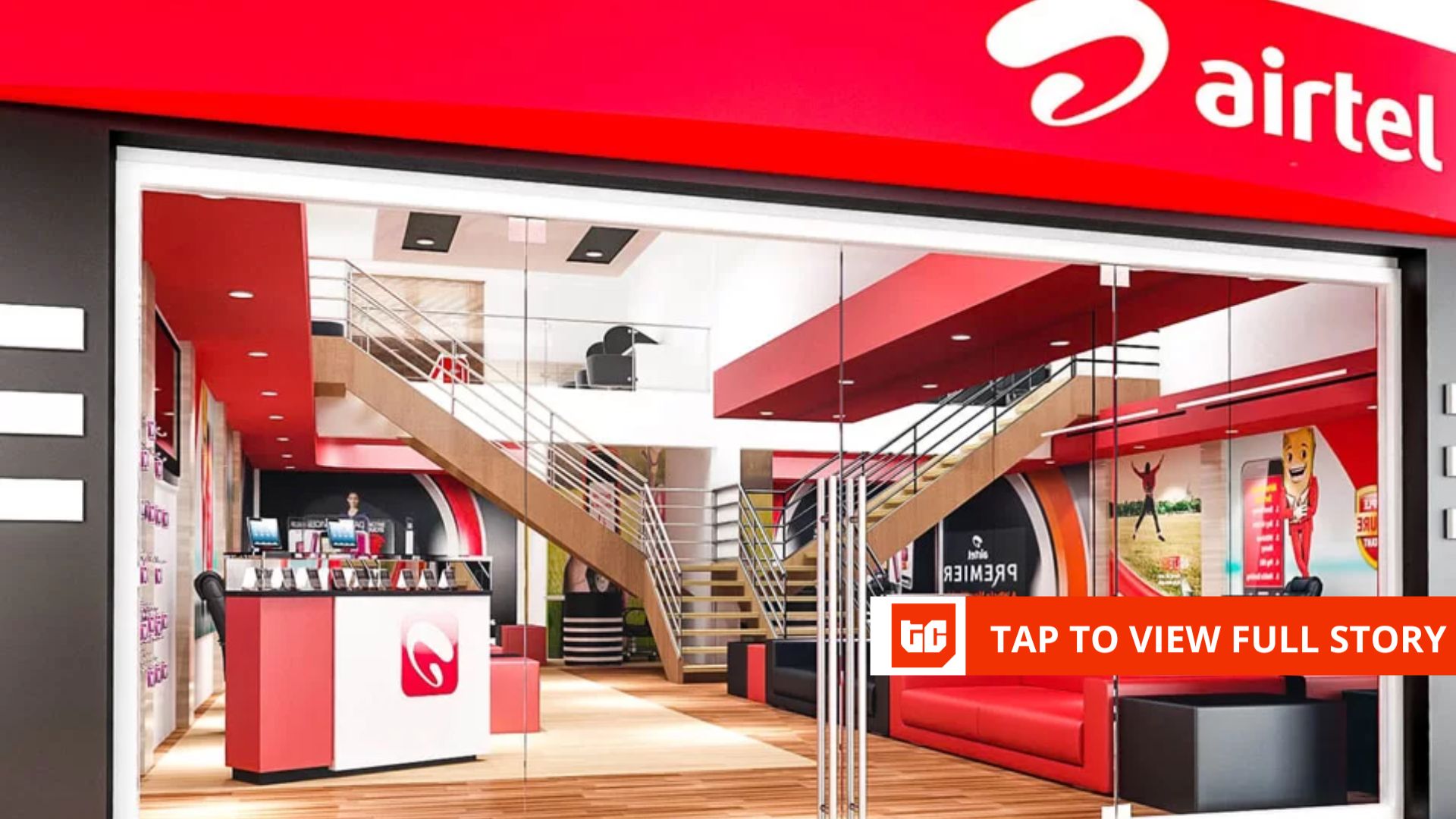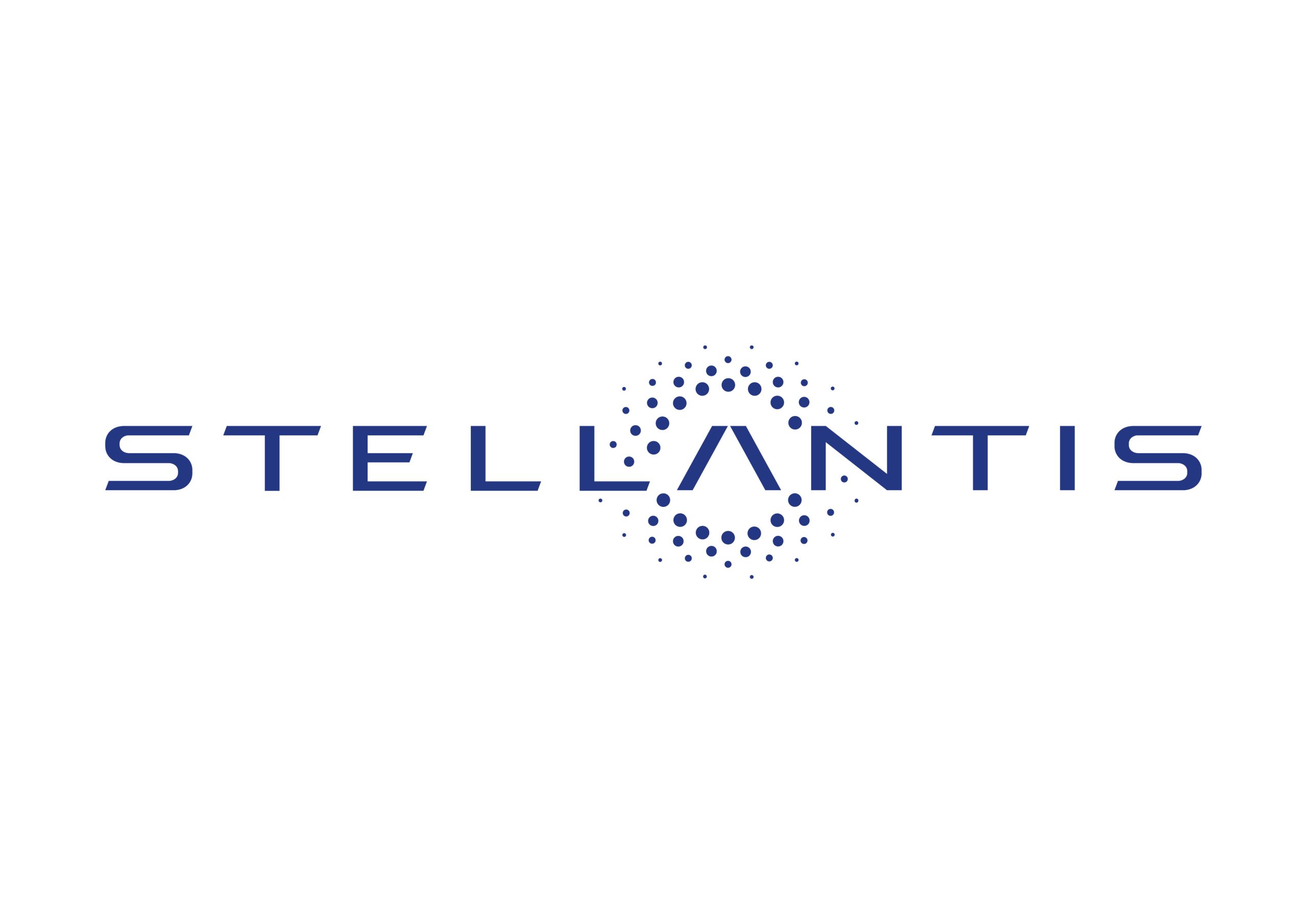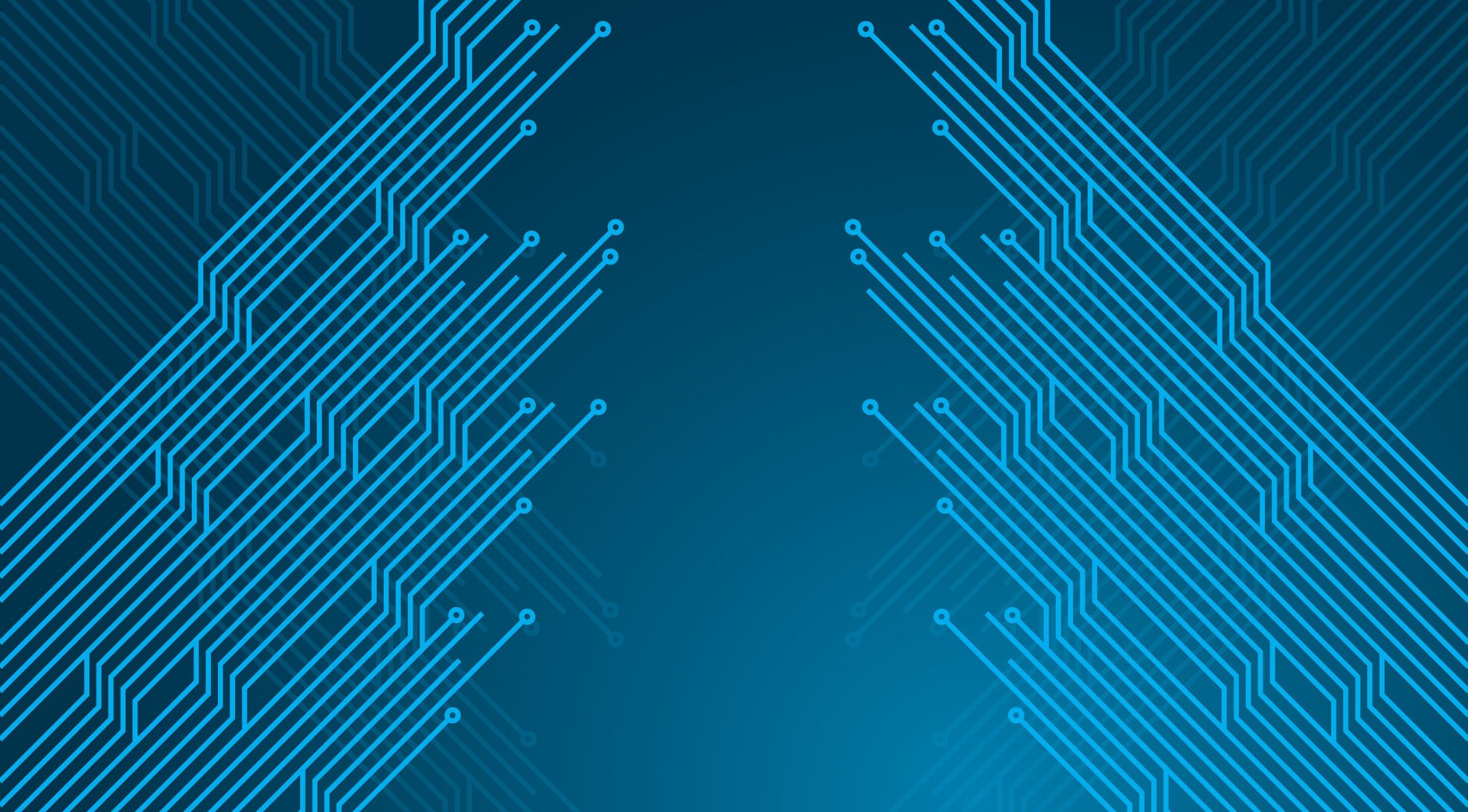From Dakar to Dubai, Aliyyah Koloc has carved a space for herself not just on the racetrack but as a cross-cultural symbol of resilience, inclusion, and advocacy. As she prepares to take on the Taklimakan Rally in China, Aliyyah joins us for a conversation that goes beyond racing, touching on identity, responsibility, and the future of crypto-powered cultural preservation. Welcome to our “Voices of the Future” series, Aliyyah!
Ishan Pandey: Hi Aliyyah, it’s a pleasure to have you. You’ve had an extraordinary journey, starting professional racing at just 15, competing globally, and advocating for autism awareness. Can you walk us through how your upbringing and multicultural identity shaped your career and worldview?
Aliyyah Koloc: I don’t have a typical upbringing for sure. Growing up in a multicultural family with three nationalities, I was fortunate to experience a diverse range of cultures. This diverse background and moving around a lot taught me to be adaptable and open-minded, which helps me in both racing and advocating for autism awareness.
Ishan Pandey: You’ve spoken openly about being diagnosed with autism. How has that shaped your mental approach to racing and public life, and has it influenced how you choose the causes you support?
Aliyyah Koloc: Yes, I was diagnosed with Asperger’s in my early teens. Being diagnosed with autism has shaped how I see things, especially in public life. Social situations and interacting with people are not something that comes easily to me. But motorsport is a team sport. I have to work with my engineers and mechanics, my navigator, my media team. I had to learn how to communicate best with them, my way. It wasn’t easy, but I found techniques: reading, practicing public speaking, and pushing myself into situations that challenge me. While it is important for me to not hide the fact that I have Asperger’s, I don’t let it define me. And there are good sides, too. For example, in racing, it has helped me focus intensely and approach challenges analytically, which can be an advantage.
Ishan Pandey: Racing is inherently high-stakes and data-driven. Have you found parallels between motorsport and the world of blockchain and crypto, particularly now that you’re working with Raphael Coin?
Aliyyah Koloc: There are indeed many parallels between racing and the crypto environment. Data is everything, attention to detail as well. Also, like in motorsports, it looks much easier at first sight than it actually is. You need to really immerse yourself in both environments to fully understand them. I like to discover new topics, so I have been reading and learning a lot about crypto and blockchain since starting to work with Raphael Coin.
Ishan Pandey: Raphael Coin is centered around fractional ownership of historic art, like the rediscovered Raphael drawing. What drew you to this project, and how do you connect with the idea of democratizing cultural heritage?
Aliyyah Koloc: I actually like art very much. It is quiet. I can sit in a museum and look at paintings, and like reading, it gives me a lot of peace of mind. And the connection between art and technology is really interesting. Culture is something that connects people. I love that through fractional ownership, anyone can feel like they’re part of preserving cultural heritage. For me, it’s about breaking down barriers and sharing the beauty and value of art with as many people as possible. That’s what makes this project so special to me!
Ishan Pandey: You’ll be representing Raphael Coin at the Taklimakan Rally this May, one of the most challenging off-road events globally. How are you preparing for the race, both mentally and physically, and how will you bring the Raphael message to such a diverse international audience?
Aliyyah Koloc: It is the first time Buggyra is participating in a rally raid in China, and it has been quite a challenge even before the start in terms of logistics, like customs clearance! We tested in the Dubai desert some weeks ago, which gave me a lot of confidence in the car again after my accident earlier this year. As it is a rally that lasts for two weeks, I have also focused on endurance training.
As for the Raphael project, going to new countries like China will for sure help to get more people interested in preserving heritage through new technologies like blockchain. It is exciting to see that everybody, all over the world, can participate in the safeguarding of old paintings like those by Raphael.
Ishan Pandey: You’ve lived in multiple countries and carry Czech, Seychellois, and Emirati identities. How do you see your role as a cultural ambassador in today’s divided world and what role can blockchain projects play in fostering global cooperation?
Aliyyah Koloc: Being a mix of cultures has taught me that identity isn’t about choosing one side but embracing all of them. Racing has taken me to so many places, and I’ve seen how shared passions can bring people closer together. Projects like Raphael Coin show that technology can unite people to appreciate and preserve our shared heritage. It’s like a global team effort, and I’m happy to be part of the pit crew.
Ishan Pandey: We’re seeing increasing overlap between sports, tech, and crypto. From fan tokens to NFT sponsorships, the intersection is real. How do you view this shift and where do you think the line is between authentic partnerships and gimmicks?
Aliyyah Koloc: It’s interesting to see how technology is changing the game. But I think it’s important that these partnerships add real value. If it’s just putting a logo on a car, fans can see through that. But when there’s a genuine connection, like using blockchain to make art accessible or to engage fans in new ways, that’s when it gets exciting.
Ishan Pandey: Raphael Coin is built on Gleec’s infrastructure, known for its regulatory-first approach in crypto. In a space often clouded by hype, do you think trust and compliance are the future of the blockchain movement?
Aliyyah Koloc: Absolutely. In both racing and crypto, safety and trust are important. You wouldn’t get into a car that looks like it will fall apart any minute, right? I think the same goes for blockchain projects. Gleec’s focus on regulation and compliance gives people confidence and trust, and that will build foundations that last.
Ishan Pandey: Lastly, what’s the legacy you hope to leave on and off the track? And what should we expect next from you after the Taklimakan Rally?
Aliyyah Koloc: Wow, legacy is a big word, too big for me, really. I just hope that by living my passion as a race driver with a diverse background, I can inspire others not to be held back by societal or personal limitations. If you can think it, you can do it.
After the Taklimakan Rally, my focus will switch from rally raids to GT circuit racing, as I race in both categories. That’s rather unusual, but I like it. In GT, we have just launched an exciting new program called FACE OFF, which helps two young Czech racers grow and learn in real competition. For the first time in my life, I will be a mentor to another racer. I am looking forward to that!
Don’t forget to like and share the story!



.png)







